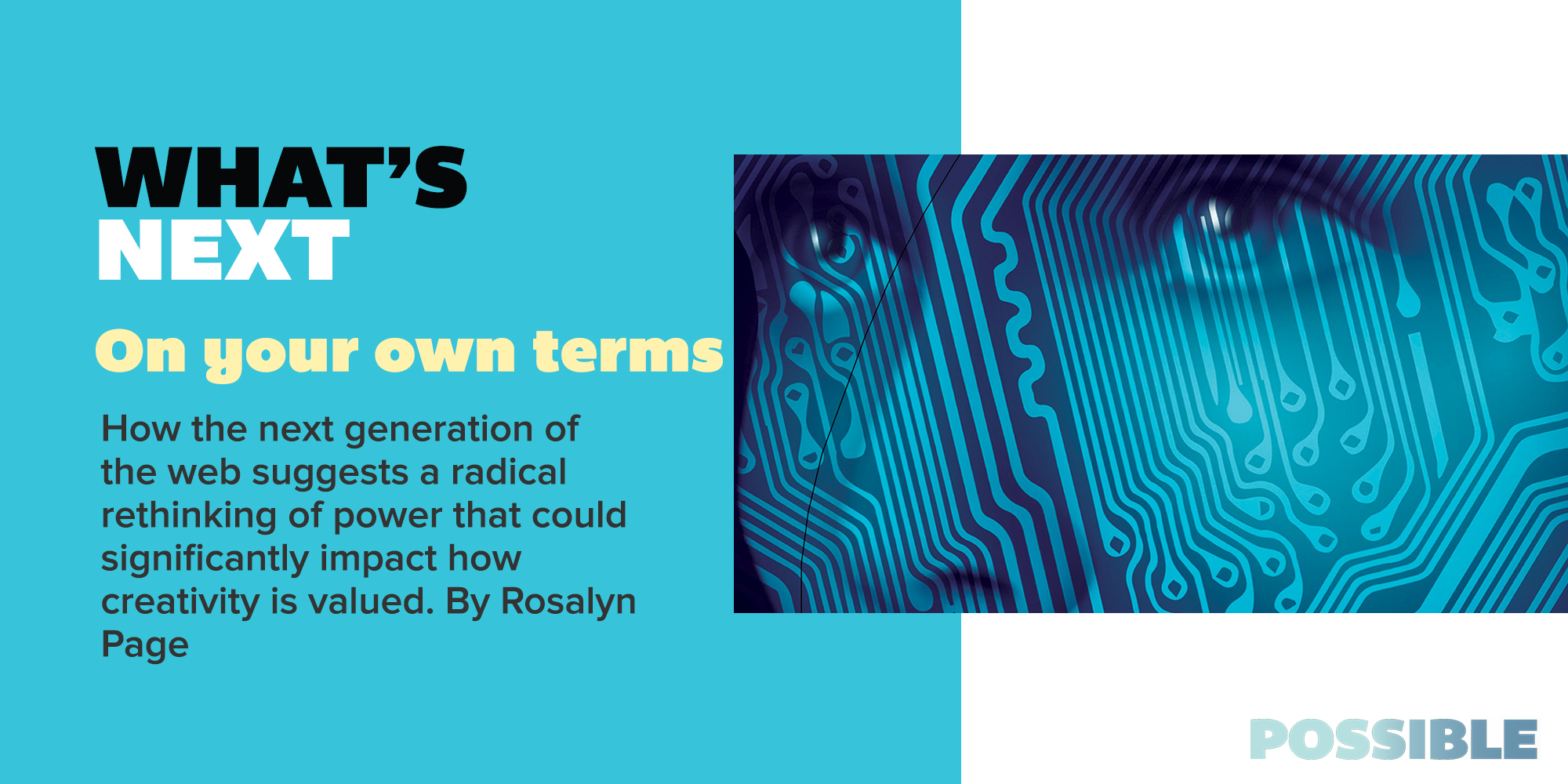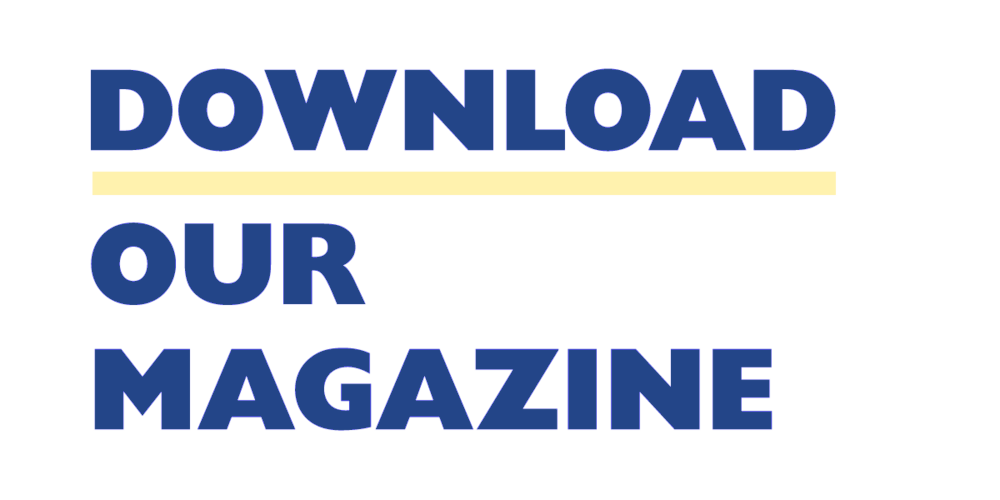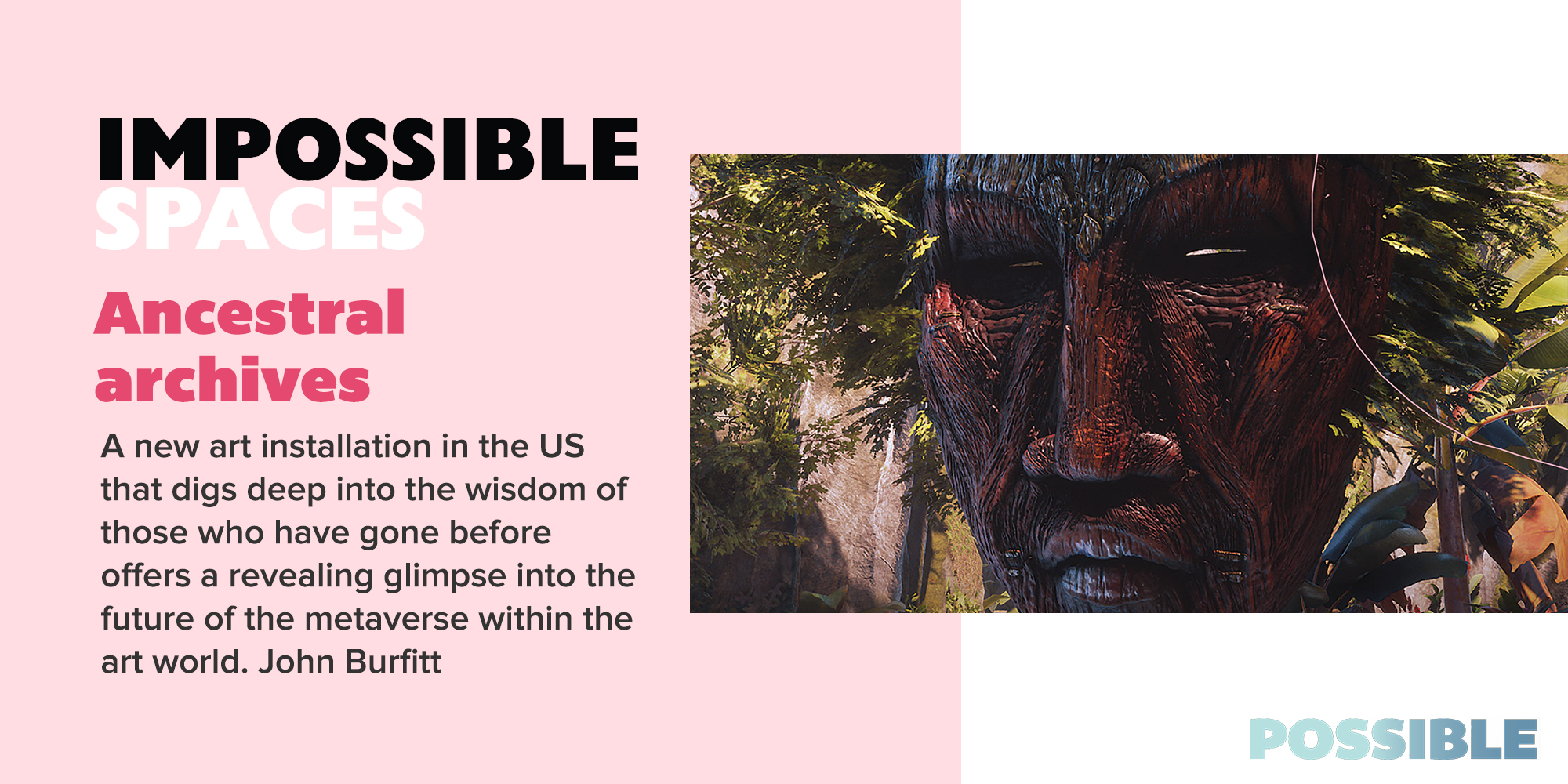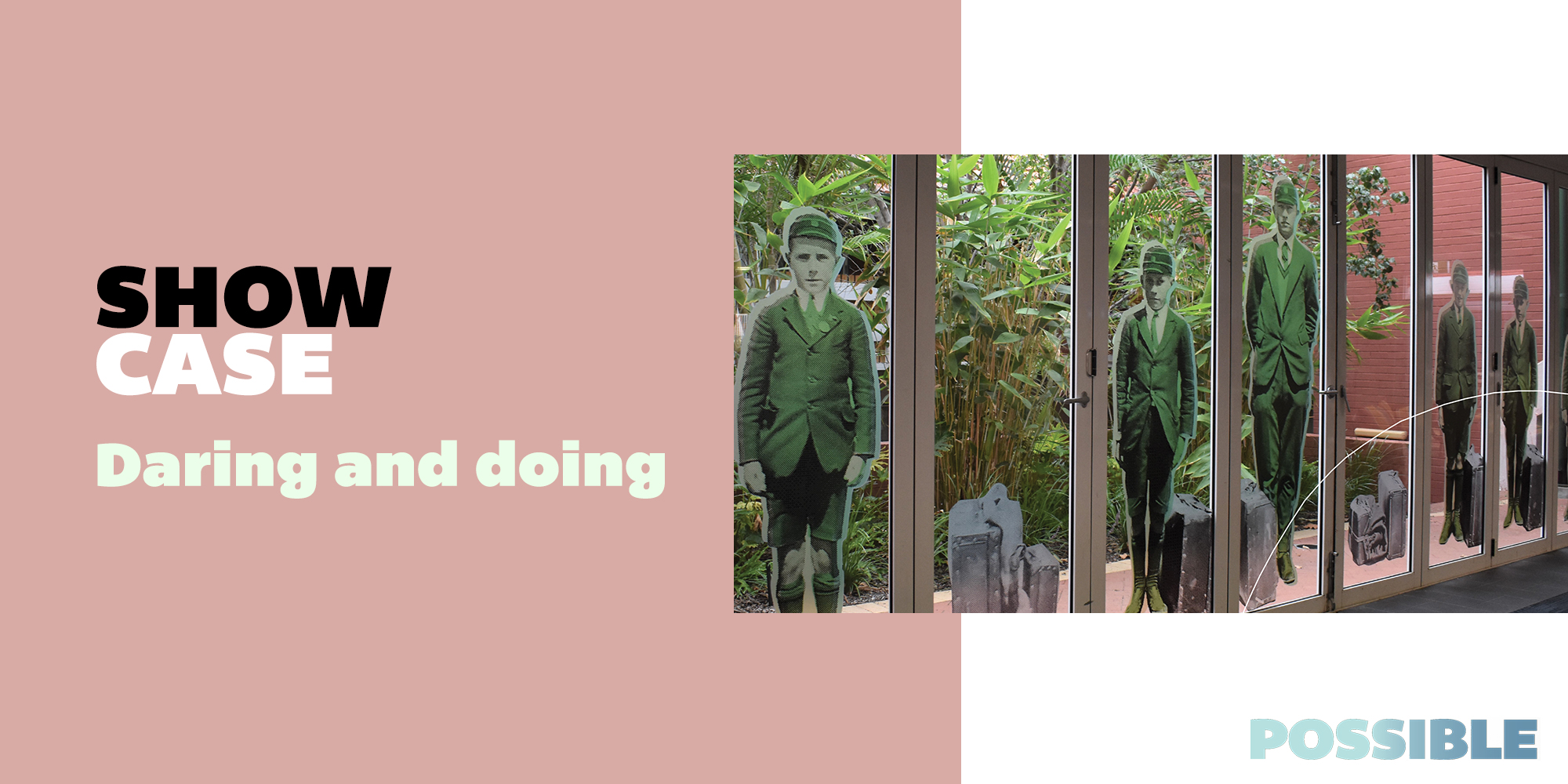How the next generation of the web suggests a radical rethinking of power that could significantly impact how creativity is valued. By Rosalyn Page
 For creatives, Web3 is handing more control to the individual creator-owner and driving the growth of the creator economy. Digital artworks, incorporating audio, video, images and interactive elements, offer new realms of creativity for artists.
For creatives, Web3 is handing more control to the individual creator-owner and driving the growth of the creator economy. Digital artworks, incorporating audio, video, images and interactive elements, offer new realms of creativity for artists.
Web3 is the next iteration of the World Wide Web, defined by decentralised internet services, peer- to-peer connections and transactions, cryptocurrencies and virtual worlds in the metaverse. It’s likely to foster a digital economy where there’s direct interactions, enabling creatives to have immutable ownership of their creations to own, sell and trade.
Using non-fungible tokens, or NFTs, unique digital identifiers will be attached to assets, such as artworks, digital content or media that will record ownership and transactions on the blockchain. The blockchain can record all sorts of transactions—financial, contractual, ownership— operating like a digital accounting ledger that is a verifiable, permanent record. Blockchain innovator Tim Lea says NFTs put control back into the hands of creatives. “With NFTs, the digital ownership of a unique digital file can be identified and tracked. The NFT can also be programmed so that when the digital art is sold, there is an automatic five per cent royalty paid to the artist.”
Lea believes the whole art market is heading towards increased digitisation, and NFTs and Web3 give the opportunity to formally define both digital ownership and monetisation. He concedes that for artists to embrace this new environment, there’s a very steep learning curve and before buying or selling NFTs, he recommends researching the market thoroughly. “It requires an understanding of cryptocurrencies as well as digital marketing channels to influence the early adopters who will buy the pieces,” he says.
“It’s a complex market that has deep nuances and challenges—for example, there are plenty of scammers out there just waiting for new blood. Do a minimum of 30-50 hours of research,” he adds.
Indigenous artists and NFTs
In particular, Indigenous artists, who often miss out on re-sale royalties, could finally be properly recompensed using NFTs. Walking Between Worlds, co-founded by Lea, is a unique project to help Indigenous artists and creatives embrace NFTs and not be left behind.
Lea says there are many historic stories of art being purchased from street artists in Arnhem Land for hundreds of dollars and then being re- sold in US markets for $25k+ with no re-sale royalties passed on to the artists. “For many Indigenous artists, this has the potential to create life-changing generational wealth,” he says.
Finding your Web3 tribe
A permanent record of ownership also opens up new possibilities for digital artworks to retain a stronger part of an artist’s legacy, which is important when leaving artworks to family and children, avoiding lost artworks or verifying ownership for exhibitions and collections. “It’s a stronger legacy connection to artwork, which hasn’t been seen like this before,” says David Fairs, NFT artist and owner of design studio New Light Visuals.
Starting out, Fairs suggests artists wanting to explore Web3 digital creativity and NFTs turn to Twitter and search on hashtags like #nftart, #nftartist or #nftcommunity. “You can ask questions of people. The community is really open to helping each other,” says Fairs.
It’ll help to pick up the language and the steps and processes of how to do things. You also need to embrace the technology—a digital wallet and cryptocurrency to buy artwork. “First get comfortable buying and selling cryptocurrency on a small scale,” he says.
When it’s time to sell, digital marketplaces like OpenSea have low set-up fees and are a good place for artists starting to showcase their artworks. “It’s called minting, the process of uploading an artwork and locking it to the blockchain indefinitely,” he explains.
As with any new endeavour, there’s the usual hype and cautionary tales, but the movement is maturing with digital exhibitions and traditional auction houses offering NFT artworks. For artists, it opens up a new realm of possibilities. “There’s a huge opportunity for anyone who is creative to connect with their audience in this space,” says Fairs.





